After two decades of attempts to improve the performance of Europe’s fragmented air traffic network through better airspace integration, the EU’s legislative bodies have reached a provisional agreement that could finally lead to the substantial carbon emission savings, by as much as 10%, offered by the reform. First launched by the European Commission in 1999, the Single European Sky initiative has faced procrastination and delay, not least by a number of EU member states seeking to maintain their national interest, particularly over air navigation charges. Under the agreed reform, the aim is to increase Europe’s constrained capacity, lower navigation costs and increase the adaptability of the airspace system, while also reducing aviation’s climate impact. The agreement has been welcomed by air navigation service providers but representatives of Europe’s airline industry fear the reform will not go far enough.
“I am delighted with this result, concluded under our presidency, which will enable major progress to be made in reducing CO2 emissions from the aviation sector, and will also give member states more tools to limit the nuisance generated by aeronautical activity,” commented Belgium’s mobility minister, Georges Gilkinet, in a Council statement. “Although much remains to be done to help the sector achieve carbon neutrality, and we will continue to work towards this, the efforts made by all parties to bring this new legal framework for Europe’s skies to a successful conclusion are to be applauded.”
The text agreed by the Council, representing EU member states, and the European Parliament provides for binding targets and incentives to make flights more efficient and climate friendly, with an independent and permanent advisory Performance Review Board (PRB), set up under the regulatory EU Aviation Safety Agency (EASA) and funded by the EU, to help the Commission and states take decisions on the implementation of these plans. The Commission will adopt EU performance targets on airspace capacity, cost efficiency and climate and environmental factors for air navigation services, with performance reviewed at least every three years.
The Commission will also be required to conduct a cost-benefit study to help define how charges levied on airspace users – airlines or private aircraft operators – for the provision of air navigation services could encourage them to use the most fuel-efficient routing available and/or clean propulsion technologies. Mandatory modulation of en route charges will be introduced to encourage users to support improvements in environmental and climate performance.
The deal also provides the potential for more competition in the air navigation services market. It also requires member states to designate a national supervisory authority (NSA) to assess compliance of air navigation service providers (ANSPs) with economic requirements, such as financial sustainability and organisational structure, in cooperation with the national competent authority in charge of ANSP certification. The NSAs and the Commission are together to assess the performance of air navigation services “in accordance with the subsidiarity and proportionality principles”.
Following the introduction of the Single European Sky (SES) initiative in 1999, two legislative packages were adopted: SES I in 2004 and SES II in 2009. The Commission presented a revision in 2013, the SES 2+ package, which was adopted by the Parliament in a first-reading position in 2014, but the Council could not agree a complete position and an upgrade was subsequently proposed by the Commission in 2020.
The new provisional agreement is now subject to approval by member state representatives through the Council, the European Parliament’s transport committee and the full Parliament before the draft legislative acts are formally adopted by the co-legislators.
“The deal signifies a shift towards efficiency and sustainability in air traffic management. The current nationalistic airspace architecture hampers progress, leading to longer flights, increased emissions and unnecessary costs,” said Marian-Jean Marinescu, the Parliament’s lead rapporteur on the SES file, in a statement. “It’s high time to finally prioritise efficiency over nationalism, to pave the way for safer, more cost-effective and environmentally-friendly air travel in Europe.”
The agreement has been welcomed by CANSO, the trade body for ANSPs, which said it hoped the legislation would help the EU achieve its “seamless skies” ambition.
“We note that SES 2 will introduce mandatory modulation of en route charges to encourage airspace users to follow fuel-efficient routings, subject to a cost-benefit analysis,” said CANSO. “We call for this to encompass the principle of revenue neutrality for ANSPs, so that they receive the same fees for the provision of their services. It will be important for ANSPs to be able to balance offering environmental routings with the provision of capacity to airspace users.”
Added CANSO Director Europe Affairs Tanja Grobotek: “We look forward to receiving and analysing the final text. CANSO stands ready to provide support to the EU institutions when they draw up the implementing legislation to ensure there is a common interpretation, legal certainty and efficient implementation.”
However, Ourania Georgoutsakou, Managing Director of Airlines for Europe (A4E), expressed doubts over the package. “We are currently digesting the final agreement. We have been consistent in calling for a SES that delivers for airlines, passengers and the planet. On first look, it seems this agreement is still some way off this,” she said. “This will not be the end of A4E’s efforts to achieve a seamless, digital and a truly Single European Sky that will reduce delays, improve efficiency and reduce carbon emissions.”
A4E has concerns over the scope and independence of the PRB, with states potentially having the opportunity to influence the body and reduce the chance of actual improvements. It questions whether the PRB and/or NSAs will have enforcement powers and whether states can determine and also deviate from targets as they wish.
The European Regions Airline Association (ERA) described the provisional agreement as disappointing and a missed opportunity. “Based on ERA’s initial assessment, and subject to a detailed and thorough review, it is understood that this agreement does not go far enough to address the needs of Europe’s regional airlines, the needs that ERA has consistently advocated for since the Commission published to recast proposal in 2020,” it said.
Added ERA Director General Montserrat Barriga: “At first glance, several concessions appear to have been made that unfortunately reduces the likelihood of the substantial improvements that we have pushed for in terms of airspace capacity, operational efficiency and sustainability. It’s clear that further efforts will be required to address today’s aviation challenges effectively.”
Eurocontrol’s latest flight trends forecast shows the number of flights in the 44-state ECAC region is likely to reach 10.6 million in 2024, a growth of 4.9% compared to 2023 and accounting for 96% of 2019 levels. It expects this trend to continue, with an increase to 10.9 million (99%) in 2025, and further to 11.2 million (101%) by 2026. Beyond 2025, and subject to political and economic uncertainties, flight growth is expected to average 2.0% per year, rising to over 12 million flights in 2030.
Photo: The Bremen air traffic control centre (© DFS Deutsche Flugsicherung GmbH)


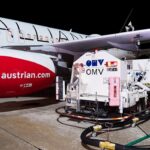
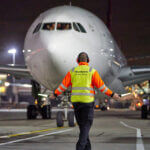
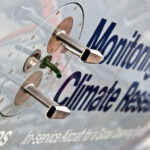



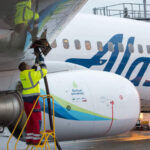
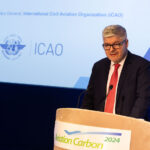



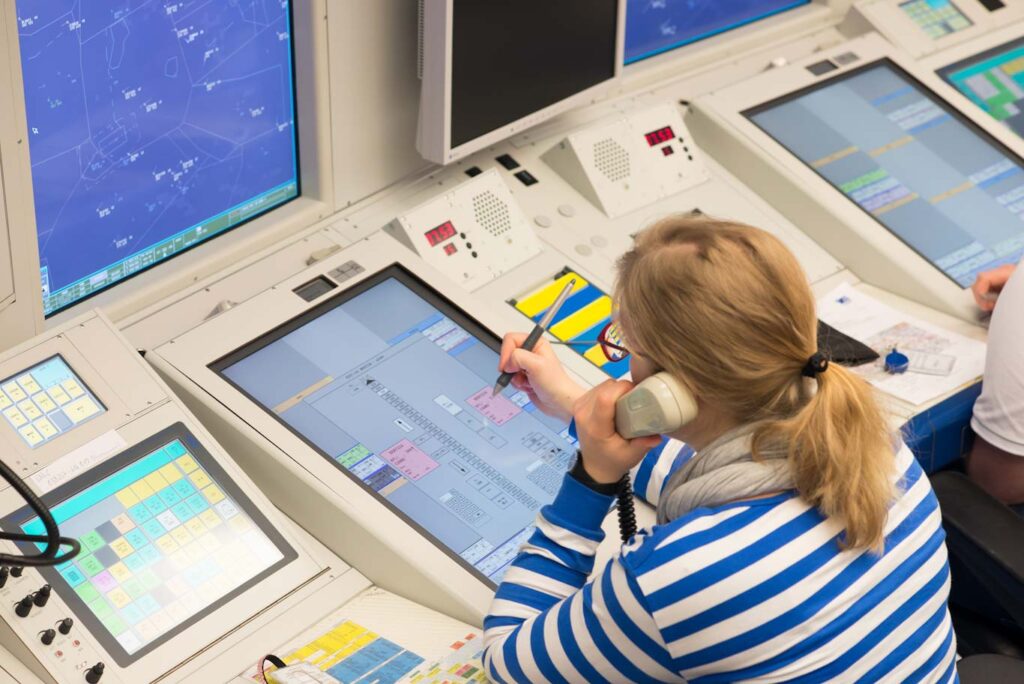

More News & Features
EASA releases status report on Europe’s SAF production and readiness to meet blending targets
New study highlights differing strategies and barriers to decarbonising aviation in UK and Europe
SITA teams with Arab airlines on developing technology to enhance flight sustainability
Airbus enters partnerships with airlines Wizz and EVA to help prepare for SAF introduction
European aviation players launch Project SkyPower to drive investment in e-SAF and meet EU and UK mandates
Loganair and Heart partner on UK electric flight, while magniX and NASA unveil US e-test aircraft